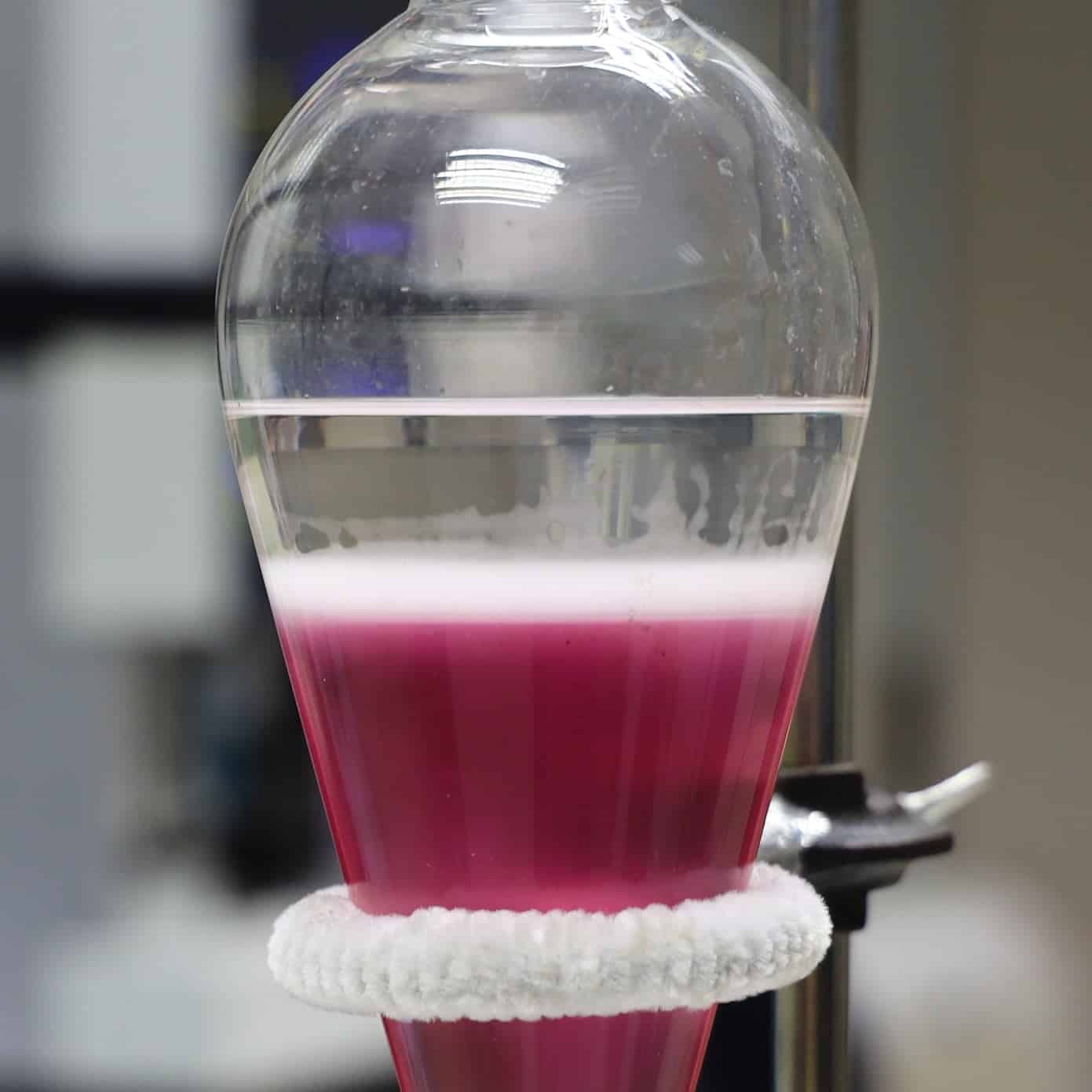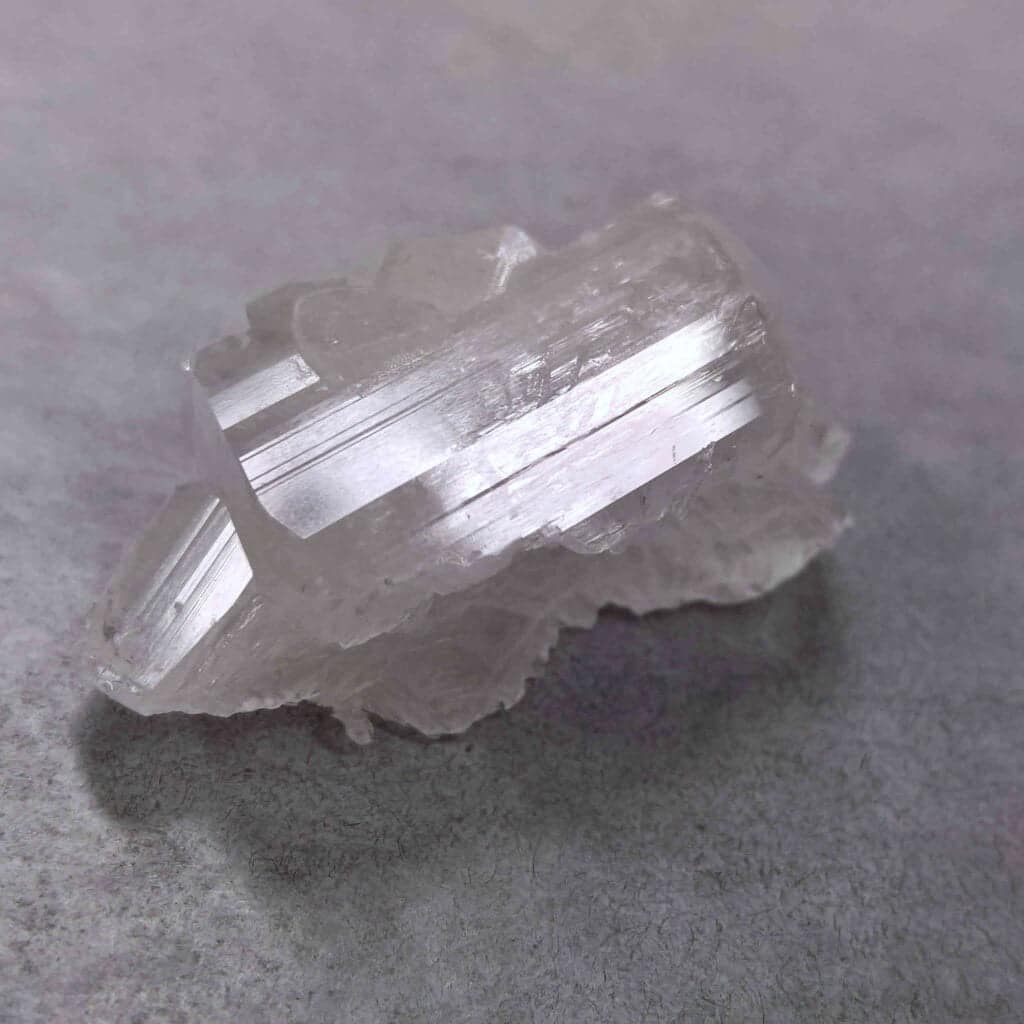Method Development and Scale-Up
More than ever, efficiency is taking front and center in method development and scale-up. In addition to the financial benefits of a well-optimized method, the sustainability of the process is essential to good stewardship of the plant. We strive to develop processes that are efficient, robust, and economical; this ensures a worry-free consistency in the quality of your product.
Developing methods that scale well to meet the demands of the market requires an out of the box approach. Simply scaling an analytical HPLC methods isn’t going to get you where you need to go. Through application of our expertise with industry established methods, paired with our in-house trade secrets, we produce processes that are ideally tuned to your product and the manufacturing constraints.
Designing a GOod Process
Developing an effective and efficient process requires compromises, but that doesn’t mean you have to settle. Before starting your method development and scale-up, we work with you to understand your product, the market, and your internal or CMO capabilities. Does your product require food safe reagents? Does purity, or cost decide market position? Are you looking to manufacture at the gram scale, or the ton scale? With the right questions, we can identify the right process.
Simplicity
The most effective way to improve uptime, reduce required staff, and minimize capital expenses is to simplify the processes into the least stages possible. Additionally, each consecutive processing stage increases sample loss. Often in place of costly chromatographic processes, simpler techniques can be use.
Cost Effective Economy
Efficiency comes from optimization. Once the groundwork of your process is laid out, we can start to investigate where we can improve efficiency and reduce costs. Modern processes have more control over variables than ever; temperatures, solvents, residence times, recycle streams, solid phases, liquid phases and on and on! At the same time, we keep the target in mind and avoid over optimizing for diminishing returns.
Environmentally Friendly
Coming from the natural products industry, we understand the importance of conserving the environment. We aim to utilize the most sustainable technologies for your process. Modern chromatographic resins allow for high throughput, reduced solvent usage, and can be more extensively reused. Other technologies, such as CPC, entirely omit the need for solid phases, allowing for highly sustainable processes.
General Outline of Process Stages



Extraction
Before you start developing any processes, it is essential to verify you are working with the best feedstock. We’ll help you explore all possible feedstocks and determine the best fit through factors like ease of extraction, complexity of matrix, and yield.
With the ideal feedstock identified, we can start exploring extraction methods. The most common approach is liquid extraction, but supercritical fluid extraction offers many unique benefits. Optimization of extraction process variables, such as temperature, pH, solvents, particle size, and residence times, is crucial.
Enrichment
The enrichment stages have the greatest amount of variation in strategy. Selection of the technique is dependent on many factors: target concentration, processing scale, and the chemical properties of the extract.
Utilizing high throughput techniques like ion-exchange resin or high binding capacity organic solid phases offers a cost-effective approach to quickly increase target concentrations. When paired with consecutive enrichments with orthogonal selectivity, the compound matrix can be greatly simplified, improving the change of success while reducing the cost of the final processing stages.
Isolation
When possible, we try to use non-chromatographic approaches like crystallization to minimize cost, but final purification stages often require high performance solid phases. This can increase costs, for which reason selecting the appropriate solid phase is crucial. Identifying a phase with favorable properties often requires extensive screening.
Once the solid phase is identified, the resolution can be improved by adjusting the temperatures, pH, solvents, and solvent modifiers. Even minor modifications, like addition of 10% methanol to acetonitrile, can change the separation. These modifications may improve loading by 50% or more.
Service Supplement
Optimization of Quantitation of glucosinolates by RP-HPLC
Gold-of-pleasure or false flax (Camelina sativa L. Crantz) is being developed as an alternative oil crop for biodiesel and for food use. Researchers are evaluating the seed meal, which contains three relatively unique glucosinolates, for approval as an ingredient in animal feeds and for other uses. The objective of this research was to develop reproducible methods for the isolation of large quantities of pure camelina glucosinolates (glucoarabin, glucocamelinin, and 11-(methylsulfinyl)-undecylglucosinolate). Furthermore, the objective was also to develop efficient methods for quantifying these compounds. The separation and purification of the camelina glucosinolates were achieved using a combination of approaches. These included reverse phase chromatography, counter-current chromatography and ion exchange chromatography. Researchers quantitated the glucosinolate content in camelina seed and plants extracts with an efficient reverse-phase HPLC separation method.

